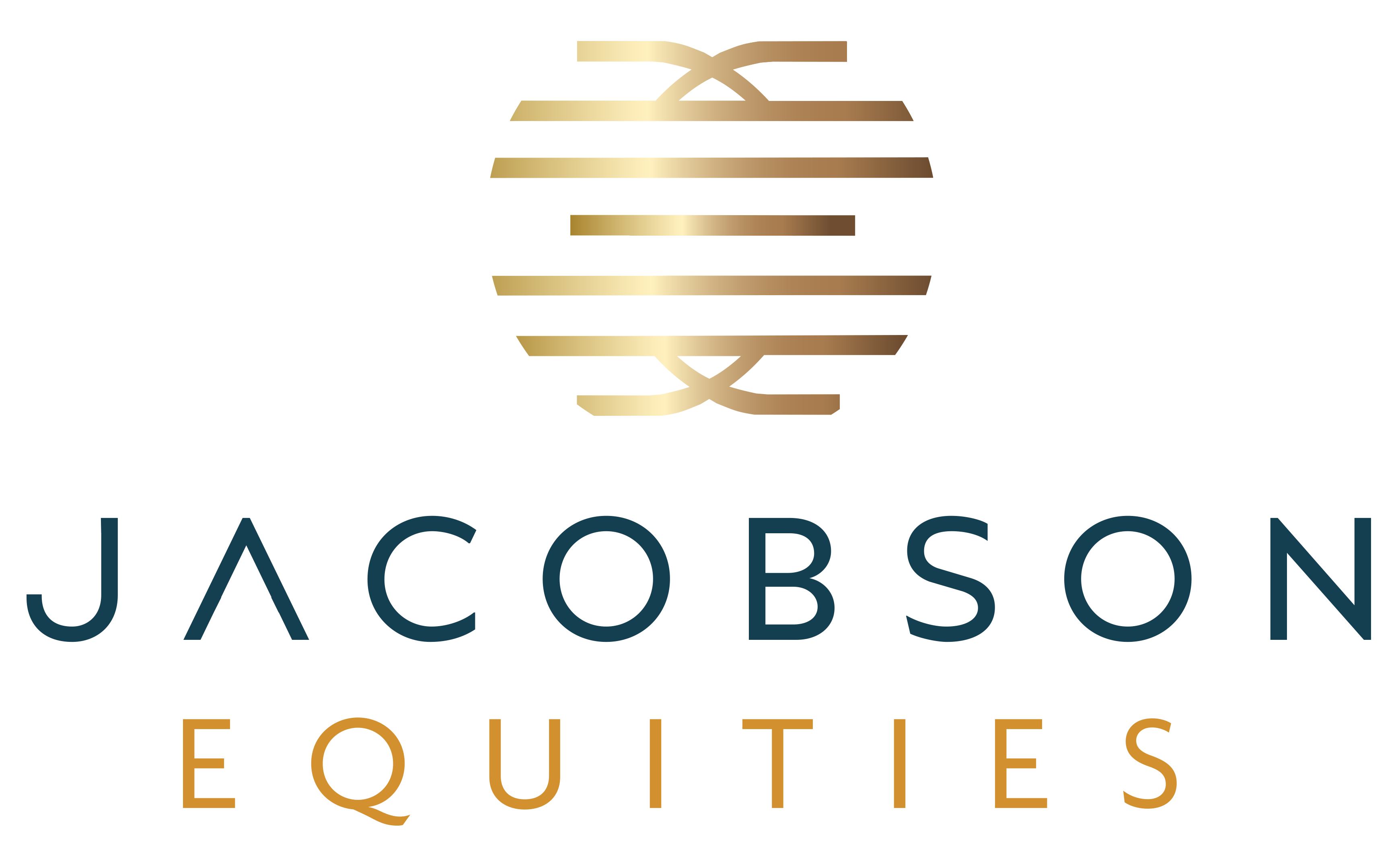Introduction
People often assume that the cost to acquire a property is simply the cost of the property and any related closing costs. They overlook the significant time and resources that go into conducting due diligence on the property – costs that are incurred well before a sponsor even makes an offer to purchase. After an offer is accepted, tens or even hundreds of thousands of dollars might be spent on further due diligence prior to close.
The importance of a thorough due diligence process should not be underestimated. Due diligence is the careful, thorough evaluation of a potential investment. It helps the new buyer gain a complete picture of the multifamily property’s current condition, need for repairs or upgrades, and its overall financial performance. It includes an evaluation of the physical asset as well as its financials.
A robust due diligence process can take anywhere from two weeks to two or more months to complete.
In this article, we look at five of the most important things for investors to consider when doing their due diligence on an apartment building.
1. Local Market Conditions
Before moving forward with any investment, large or small, investors should have a strong grasp of the general market where the property is located as well as the so-called “micro-location”, or the very specific neighborhood where the subject property is situated. Look at factors such as job growth, population growth, new household formation, the quality of schools, and crime rates. Regarding crime, look not only at crime rate, but also type of crimes (violent vs. property). It does not hurt to speak with the local police department to get a better handle on local crime and what’s driving that activity.
An analysis of local market conditions should also look at existing and new/planned competition. Consider the quality of that competition. Have nearby buildings been renovated, and if so, to what degree? What rents are they getting? What is their renter profile? Look at the competition’s vacancy rates, management quality, and amenities. Based on the competition, do you think the property you are considering could do better and if so, at what cost and for what future rents? Remember, competition is not inherently a negative. If your peers are investing in the marketplace, it could lead to gentrification that in turn helps all multifamily owners do well.
2. Building Replacement Costs
Replacement cost is the amount of money that it would take to rebuild a similar building using current prices for building material, land and labor (which is different from the property’s market value, or the amount someone may be willing to pay for the property). Those looking to invest in existing multifamily assets will generally try to purchase the property for well below the building’s replacement cost. This is because, all else considered equal, someone will generally opt to lease an apartment at a newer building than one of an older vintage. An older property will have higher repair and maintenance expenses and the units and amenities will, generally speaking, be below the scope found in new properties. Obviously, the property will only get older during the holding period while, by definition, newly built properties are always brand new.
Buying a building below replacement cost gives the new owner an advantage: if they assume they will rent units for less than their competition at newer buildings, then they know they won’t be competing with new construction. New construction is a different product type that will attract different tenants. It also leaves room to execute a value-add strategy that unlocks additional value for their investors provided the projected rents are sufficiently below those of new product. With all that said, buying below replacement cost is a rule of thumb, for which there are exceptions. Because land, or location, is inherently unique and a given market may have limited land for new construction and/or restrictions on new building, the differential between new properties and older vintage communities may be less in certain markets than others.
3. Cost of Property Improvements
It is important that any prospective buyer spend significant time learning about the property’s existing condition, including what improvements have already been made and what cosmetic and/or capital expenditures are still needed.
Evaluating a property’s condition is easier said than done. A sponsor might bring their property manager with them on an initial property tour. An experienced owner/operator and their property manager should be able to make basic observations about the quality of the building, its systems (e.g., the roof, HVAC system, pavement, landscaping and so forth). However, there are occasions where third-party contractors are also worth bringing in to evaluate the property. For example, someone might have an elevator contractor analyze the owner’s elevator maintenance records and then inspect the elevators, shafts, etc. to determine whether the elevators will need to be replaced and if so, when. Something like elevator replacement can be a significant capital cost that should be accounted for during the due diligence process.
Contractors should also help spot potential red flags. For example, a property with unusually high plumbing bills may warrant having a specialist come in to scope the plumbing. It may be, for example, that the building’s entire plumbing needs to be replaced or re-worked, which would require opening the walls in all of the units – a cost and headache that many investors would rather avoid.
In addition to physical improvements, the due diligence process should also look at potential operational improvements. A savvy sponsor may have one of their team members “secret shop” the property, by calling the leasing office to inquire about a unit for rent. This will provide insight as to the quality of the leasing experience. If service is poor, it might warrant bringing in a new leasing team. An under-performing leasing team could explain higher-than-average vacancy rates, something that could be improved under new management.
4. Political Considerations
In addition to looking at the local market, the physical property and the property’s financials, a prospective investor will also want to consider various political dynamics. At a local level, a sponsor should consider whether it is relatively easy or difficult to permit new apartment buildings. Ideally, an investor will want to buy a property in an area where demand is high, supply is low, and permitting new development is politically challenging. This will keep the supply/demand dynamics in the buyer’s favor. Areas that are more development-friendly are at greater risk of seeing an influx of new construction that could have downstream impacts on existing owners.
At both a state and local level, investors will want to consider whether rent control or other affordable housing policies are being considered. Investing in rent-controlled properties presents challenges that sponsors will want to understand. Moreover, a sponsor will want to be sure they are not investing in a free-market area that has rent control policies being contemplated as enactment of those policies after-the-fact could have a dramatic impact on the buyer’s pro forma assumptions.
Conclusion
The due diligence process an investor undertakes on any specific opportunity is not linear. They may begin with a cursory, high-level analysis that only develops into a full-blown due diligence process if the deal initially checks out. The due diligence process may be halted in its tracks if there is a specific, deal-breaking discovery.
Assuming a deal continues to move forward, the important of a robust due diligence process becomes paramount. Understanding the nuances of the property (physically and financially) as well as the local market is essential for sponsors looking to create a detailed pro forma that aligns with their intended execution strategy.


